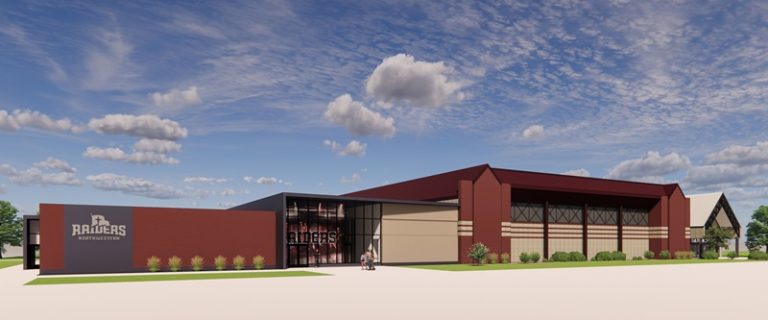Le Mars, Iowa — At least one area agronomist is concerned about the amount of topsoil we continue to lose every year.
Joel De Jong, an agronomist with Iowa State University Extension and Outreach recently said, “The damage – sheet and rill erosion, gullies, sedimentation – I have observed this year has bothered me.” De Jong says that this area’s rich soil is the cornerstone for profitable agricultural production in this part of the world. He says history has shown us several cultures that had rich soils, but those cultures no longer exist – nor do their rich soils. He says an increase in cover crop usage in recent years has been seen, but additional stewardship of these soils is needed.
De Jong says that Dr. Rick Cruse, ISU Agronomy professor and director of the Iowa Water Center, has presented some information discussing soil formation and losses. He had three different scenarios looking at soil formation, and all three indicated that it took over 1,000 years to form an inch of topsoil.De Jong says that in Iowa, if you have highly erodible soils, allowable soil losses in conservation plans try to limit losses per acre per year to 5 tons. According to De Jong, five tons/acre/year would be like losing soil about the width of a dime off of all of your acres. A roll of dimes has 100 dimes in it. How many inches long is that? He says it’s about 4 inches long. So, according to De Jong, if you farm a century farm, and have averaged 5 tons/acre/year, it looks like we might have lost several thousands of years of soil formation on those soils in the last century.
He tells us that Dr. Cruse helped develop the Daily Erosion Project that can estimate soil losses on a daily basis. This project calculates erosion by watershed for every watershed in Iowa. You can see this information at this website https://dailyerosion.org/. Choose the “View Map Display” option, and then use the tools on the right side of the map to select options to review. You can zoom in on watersheds and see the data for each. Many in this region are estimated to have well over 5 tons per acre of detached hillside soil loss this year.
De Jong suggests that right now is a good time for landowners and those working farms to evaluate residue cover, erosive areas, and areas that need improvement. He suggests discussions with NRCS staff about your farms and running different scenarios of tillage practices, rotations, residue removal, cover crops, waterways, terraces, etc. to see how that influences the erosion on your farm.
De Jong can be reached at the Plymouth County Extension Office.












